Did you know that you can achieve the perfect roast for your coffee beans without breaking the bank? Many budget-friendly techniques exist for home coffee roasters, allowing you to enjoy freshly roasted coffee at a fraction of the cost of store-bought options.

In this article, we'll delve into the world of affordable home coffee bean roasting, providing practical tips and strategies to help you get the most out of your roasting journey. Whether you're new to roasting or a seasoned enthusiast, get ready to explore cost-effective methods that deliver rich, flavorful results.
Understanding Home Coffee Roasting

Home coffee roasting involves roasting green coffee beans at home to create flavorful and aromatic beans for brewing coffee. While commercial roasting declined with the convenience of pre-roasted beans, home coffee roasting is now on the rise. It allows for customization, freshness, and a deeper understanding of the coffee journey.
Additionally, it can be cost-effective as green beans have a longer shelf life and are more affordable. Home coffee roasting combines experimentation, quality, and potential savings, making it an appealing choice for coffee enthusiasts seeking a hands-on and personalized coffee experience.
The Rise of Budget-Friendly Home Coffee Roasting Trends
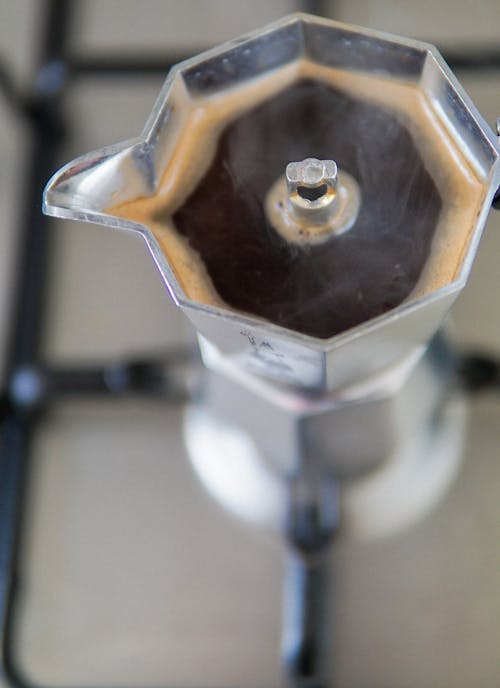
Evidently, there has been a notable surge in the popularity of home coffee roasting, and the COVID-19 pandemic has only accelerated this trend. With the closure of many cafés and restaurants, coffee lovers turned to brewing their own coffee at home, leading to an increase in home coffee consumption.
People sought to replicate the quality and flavor they enjoyed in coffee shops, prompting them to invest in better equipment for their home brewing setups.
According to an article from the Perfect Daily Grind, Yannis Apostolopoulos, CEO of the Specialty Coffee Association (SCA), explains that the shift to home brewing was driven by a combination of factors, including the need for convenience and safety during the pandemic.
This shift has resulted in a significant increase in the at-home coffee market, with sales projected to grow by 4.9% in 2020 alone, surpassing previous years.
Home coffee roasting has emerged as an attractive option for coffee enthusiasts looking to enhance their coffee experiences while being budget conscious. By roasting their own beans, individuals have the freedom to customize the roast level and experiment with different flavors, ensuring unparalleled freshness in their cup of coffee.
This trend has led to increased sales of coffee equipment, with consumers willing to invest in higher-quality grinders, roasters, and brewing accessories.
The combination of a desire for exceptional coffee, cost savings, and the availability of affordable home roasting options has fueled the rise of home coffee roasting as a popular trend.
In the following sections, we will explore a range of affordable methods and tools that empower coffee enthusiasts to embark on their own home coffee roasting journeys, allowing them to enjoy a flavorful cup of coffee while staying within their budget.
Navigating Home Coffee Roasting: The Home Roasting Process
The coffee roasting process is a fascinating journey that transforms green coffee beans into the flavorful and aromatic beans we use for brewing. It involves several stages and chemical reactions that contribute to the development of distinct flavors and aromas.
• Drying: The roasting process begins with the drying stage, where the green coffee beans are heated to remove the moisture content. This step prepares the beans for the subsequent chemical reactions.
• Browning:As the temperature rises, the beans undergo a chemical reaction called the Maillard reaction. This reaction causes the beans to turn brown and releases a variety of flavor compounds, including sugars, acids, and aromatic oils. The Maillard reaction is responsible for creating the complex flavors and aromas associated with coffee.
• First Crack: At a certain temperature, typically around 385°F (196°C), the beans undergo a significant change known as the first crack. During this stage, the beans release steam and expand, producing an audible cracking sound. The first crack marks a crucial point in the roasting process and signifies the beginning of the development of the desired coffee flavors.
• Development: After the first crack, the beans continue to roast, allowing their flavors to develop further. The duration of this stage will determine the roast level, ranging from light to dark. Each roast level offers distinct flavor profiles and characteristics.
By understanding the roasting process, you gain insight into the journey coffee beans undergo to reach their optimal flavor, from the drying stage to the first crack and beyond, with each step contributing to the development of unique flavors and aromas.
Home coffee roasting allows you to embark on a flavorful journey, tailoring the process to your preferences and experimenting with different roast levels, beans, and techniques to create your own signature blends.
Reasons To Roast Coffee At Home
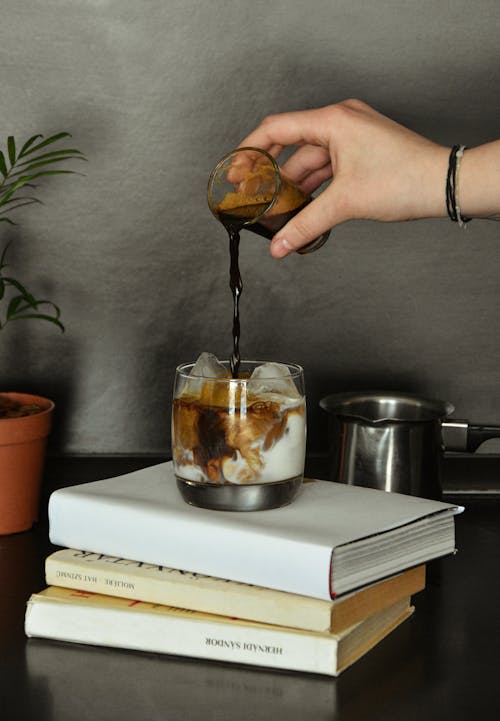
Roasting coffee at home has grown in popularity for distinct reasons. Let's explore why individuals choose home coffee roasting:
-
Customization: Enthusiasts control roast levels, crafting unique flavors and aromas.
-
Freshness: Roasting just before brewing ensures peak flavor for a vibrant coffee experience.
-
Learning Experience: Home roasting offers insights into flavor development, honing skills and coffee knowledge.
-
Cost Savings: Roasting bulk-purchased green beans can save money over pre-roasted beans.
-
Connection and Appreciation: Home roasting deepens appreciation for bean origins and craftsmanship, fostering a connection to the coffee-making process.
Types of Coffee Roasters
When it comes to home coffee roasting, there are various types of coffee roasters available. Each type offers unique characteristics and features that cater to different preferences and needs. Let's explore the different types of coffee roasters for home use:
-
Air Roasters
Air roasters, also known as fluid bed roasters, use hot air to roast coffee beans. They feature a chamber where hot air circulates, evenly roasting the beans. Air roasters are known for their ability to produce consistent results and relatively shorter roasting times. They are compact, easy to use, and suitable for beginners.
-
Drum Roasters
Drum roasters are designed with a rotating drum where coffee beans are placed for roasting. As the drum rotates, the beans are evenly heated and roasted. This type of roaster allows for greater control over the roast level and produces a traditional roasting experience. Drum roasters are available in both manual and electric models, offering flexibility and customization options.
-
Hybrid Roasters
Hybrid roasters combine the features of air and drum roasters, offering the best of both worlds. They utilize a combination of hot air and a rotating drum to achieve precise and consistent roasting. Hybrid roasters provide more control over the roasting process, allowing enthusiasts to fine-tune the flavor profiles.
-
Electric Roasters
Electric roasters are popular among home coffee roasters for their convenience and ease of use. They are equipped with built-in heating elements and temperature controls, eliminating the need for external heat sources. Electric roasters offer precise temperature regulation and consistent roasting results, making them ideal for those seeking convenience and consistency.
-
Manual Roasters
Manual roasters, also known as hand crank roasters, rely on manual operation for roasting coffee beans. They are often compact and portable, making them suitable for coffee enthusiasts who prefer a more hands-on and traditional approach. Manual roasters provide a unique and immersive roasting experience, allowing for greater control over the roast.
When choosing a home coffee roaster, key factors to consider are batch size, control options, ease of use, and budget. Each roaster type has distinct advantages and factors to weigh, and your choice should align with your preferences and goals.
By understanding the traits of different coffee roasters, you can make an informed decision and find the perfect fit for your home coffee roasting journey.
Roasting Methods and Tools on a Budget
When it comes to home coffee roasting, you don't need to break the bank to enjoy the rewarding experience of roasting your own beans. There are various budget-friendly methods and tools available such as the following:
A. Stovetop Popcorn Popper:
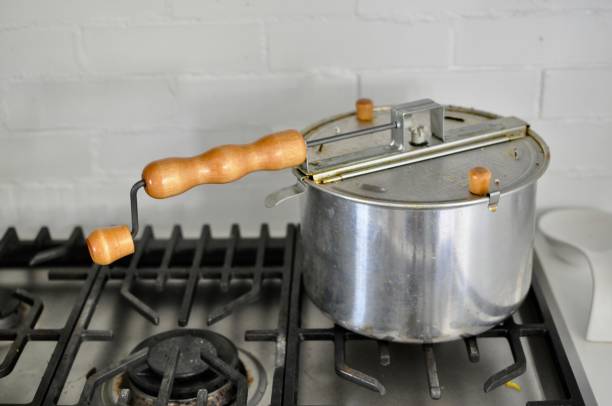
The stovetop popcorn popper method is a popular and affordable option for home coffee roasting. Simply place green coffee beans in the popper, heat it on the stovetop, and stir the beans until they reach the desired roast level.
Stovetop popcorn poppers are cost-effective, widely available, and offer good control over the roasting process. Look for poppers with vents and a stirring mechanism for even roasting.
B. Hot Air Popcorn Popper:
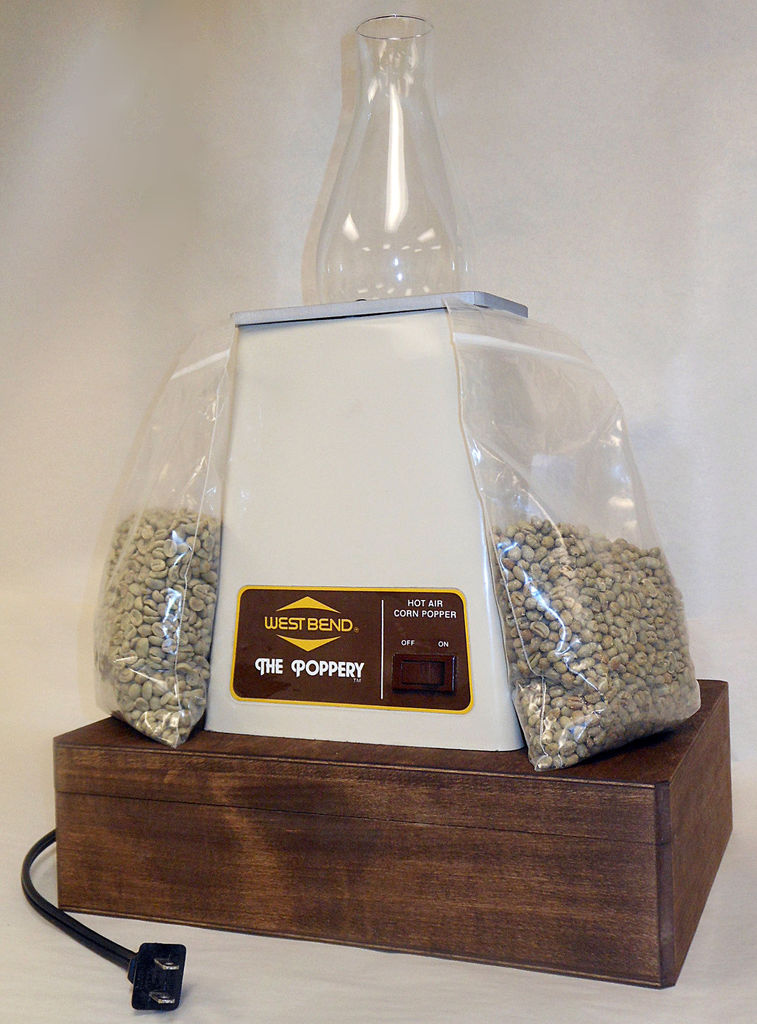
An affordable and convenient method for home coffee roasting is using a hot-air popcorn popper. These poppers blow hot air onto the coffee beans, causing them to roast.
Hot air popcorn poppers are easy to use and offer consistent results. It's important to ensure that the popcorn popper model you choose has the ability to reach higher temperatures for optimal coffee roasting.
C. Heat Gun and Bread Machine:


For a DIY approach to home coffee roasting, using a heat gun and a bread machine can be a cost-saving solution. Simply aim the heat gun at a container filled with coffee beans placed inside a bread machine on the dough setting.
The heat gun provides the necessary heat, while the bread machine rotates the beans for even roasting. This method requires careful monitoring of temperatures and airflow, but it can be a budget-friendly and customizable option.
D. Manual Hand Crank Roasters:
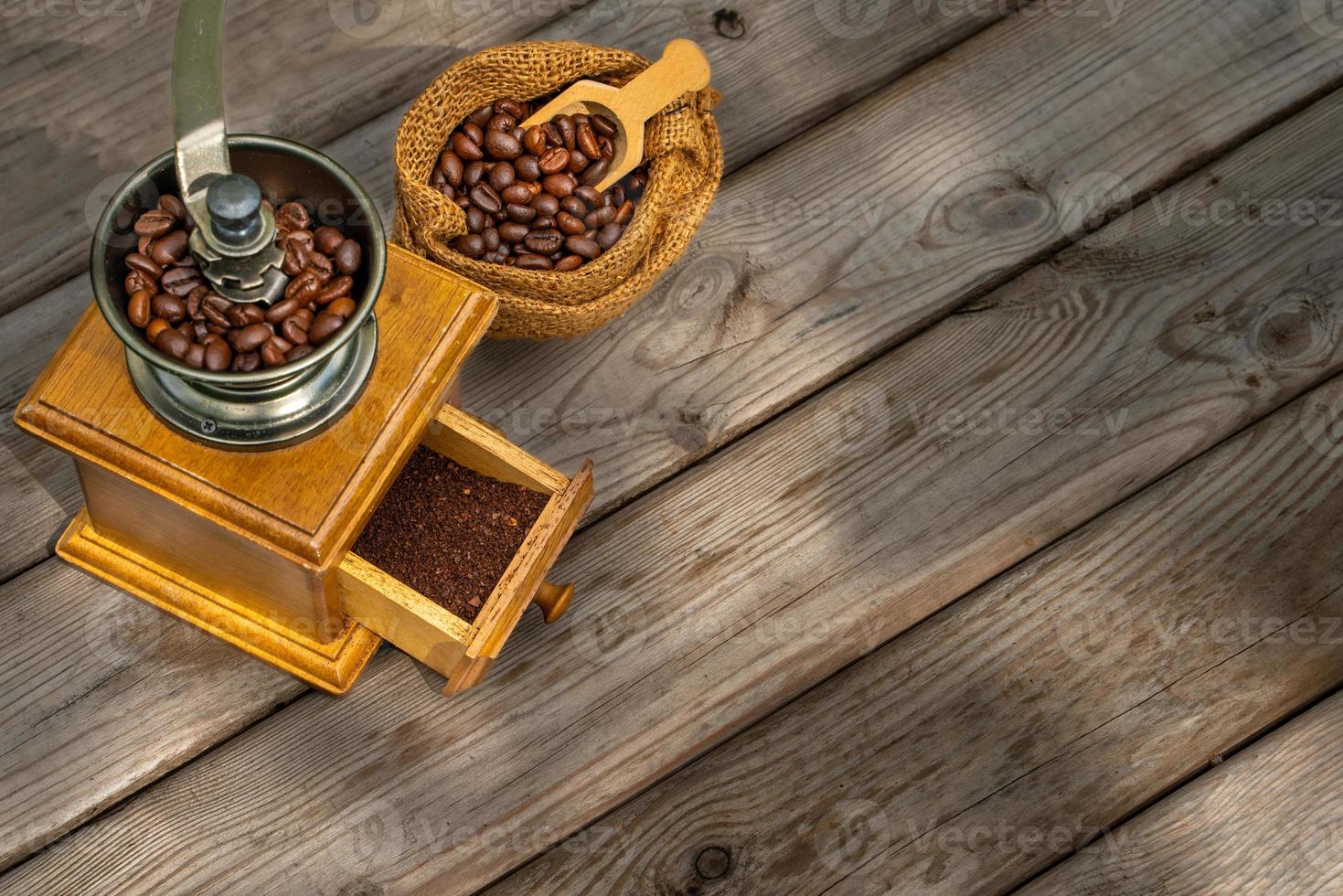
Manual hand crank roasters are a budget-conscious option for coffee enthusiasts. These compact and portable devices allow for small-batch roasting. With manual control over the roasting process, you can achieve precise results according to your preferences. Look for roasters made from durable materials, with adjustable heat and ventilation, for an optimal roasting experience.
E. Electric Drum Roasters (Budget-Friendly Options):

Budget-friendly electric drum roasters offer an affordable alternative to high-end models. These roasters provide greater control and consistency in the roasting process compared to other budget options.
Look for electric drum roasters with adjustable temperature settings, reliable heat distribution, and sufficient batch capacity to meet your needs.
F. Secondhand and DIY Options:
Exploring secondhand coffee roasters or building your own can be a cost-effective approach. Search online marketplaces or local classifieds for pre-owned roasters at lower prices. Alternatively, consider building your own roaster using DIY plans available online. With some creativity and basic tools, you can construct a roaster that suits your budget and roasting preferences.
G. Green Coffee Beans:
Purchasing green coffee beans offers significant cost savings compared to pre-roasted beans. Green beans have a longer shelf life and retain their freshness for an extended period.
Look for reputable online retailers or local coffee suppliers that offer a wide variety of green beans. Proper storage in a cool, dry place can help maintain their quality for an extended period.
With these affordable methods and tools, coffee enthusiasts can enjoy the art of home coffee roasting without breaking the bank, making it accessible to all. Experiment with the option that suits you the best and discover the satisfaction of creating freshly roasted coffee that fits your taste preferences and budget.
Recommended Products at CoffeeRoast Co.
Explore cost-effective methods and tools for home coffee roasting offered by CoffeeRoastCo, ensuring a delightful roasting experience without stretching your budget.
1. Fresh Roast SR800 Coffee Roaster
The Fresh Roast SR800 is an affordable and versatile coffee roaster designed for home use. With a roast capacity of 8oz (226 grams) of wet-processed beans (6oz/170 grams for dry processed beans), this roaster allows for flexibility in roasting different types of beans.
It features a heavy-duty high capacity fan and heater, providing consistent heat distribution throughout the roasting process. The improved control board allows for easy adjustments of heat, fan, and time using a simple knob.
The real-time temperature readout ensures precise monitoring, enabling coffee enthusiasts to achieve their desired roast profiles. With its compact size and user-friendly operation, the Fresh Roast SR800 is a reliable choice for those seeking an affordable and reliable coffee roasting experience.
Specifications:
- Roast capacity: 8oz (226 grams) wet-processed beans, 6oz (170 grams) dry-processed beans
- Heavy-duty high-capacity fan and heater
- Improved control board with adjustable heat, fan, and time
- Real-time temperature readout
- Manually controlled machine with 9 levels of heat adjustment
- Minimum roasting capacity of 4oz (113 grams) of beans
- Warranty: 1-year warranty on the base unit, 6-month warranty on top cap, chaff basket, and roasting chamber
- All roasters are 120V
2. Kaffa Mini Coffee Roaster
The Kaffa Mini Coffee Roaster is a compact and powerful option for coffee enthusiasts who value portability without compromising on performance. This roaster has a capacity of 200g (max 250g) and features direct heating roasting, allowing for precise control over the roast process.
Made of stainless steel, the Kaffa Mini is durable and built to last. The roaster includes a thermometer for accurate temperature monitoring during the roasting process. It requires a gas burner for operation. With its compact size and efficient performance, the Kaffa Mini Coffee Roaster is an excellent choice for coffee lovers who want to enjoy freshly roasted beans wherever they go.
Specifications:
- Material: Stainless Steel
- Capacity: 200g, Max 250g
- Size: 260mm x 240mm x 200mm
- Drum Size: 120mm x 115mm (2mm Thickness)
- Weight: 2.2kg (Manual), 2.5kg (Motorized)
- Gas burner required for operation
Whether you choose the Fresh Roast SR800 for its flexibility and control or the Kaffa Mini for its portability and performance, these roasters offer excellent options for achieving quality roasts in the comfort of your own home.
Additional Considerations and Tips
A. Roasting in Small Batches:
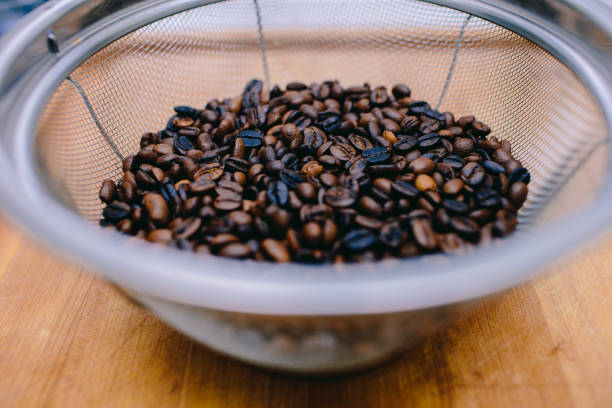
Roasting coffee in small batches offers several advantages, including better control over the roast and consistency in flavor. By reducing the batch size, you can achieve more precise heat distribution and even roasting.
Adjusting batch sizes allows you to experiment with different beans, roast levels, and profiles while maintaining quality and consistency. Keep in mind that smaller batches may require shorter roasting times, so closely monitor the process to avoid over-roasting.
B. Proper Storage of Roasted Beans:

Proper storage is essential for maintaining the freshness and flavor of your roasted beans. After roasting, allow the beans to cool completely before transferring them to an airtight container. Store the container in a cool, dark place away from direct sunlight, moisture, and strong odors.
Avoid storing coffee beans in the refrigerator, as they can absorb odors from other foods. For best results, consume the roasted beans within two to three weeks to enjoy their full flavor potential.
C. Experimentation and Learning:
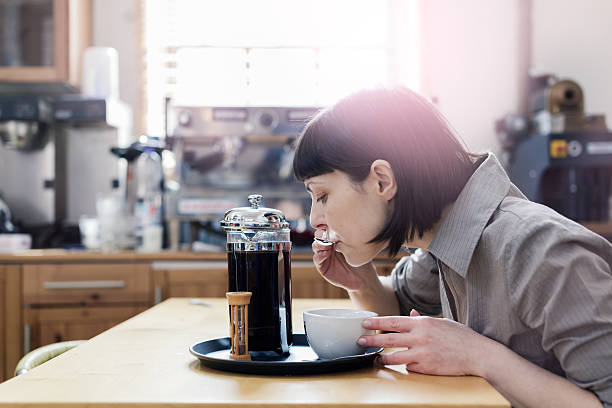
Embrace the process of home coffee roasting as an opportunity for experimentation and learning. Document your observations, including roast profiles, time, and temperature, to understand the impact of different variables on flavor development.
Refine your roasting techniques by making small adjustments to achieve desired flavors. Share your experiences and seek advice from fellow coffee enthusiasts or online communities to expand your knowledge and discover new possibilities.
Home coffee roasting is not only about the end result but also about the journey of exploration and improvement. By implementing these considerations and tips, you can enhance your roasting experience, expand your skills, and continue to enjoy the delightful art of home coffee roasting.
Roasting on a Budget for the Ultimate Coffee Experience!
Now that you're armed with the knowledge and tools for budget-friendly home coffee roasting, it's time to embark on a flavor-filled adventure. By exploring the world of roasting, you'll unlock the hidden depths of flavor and create a personalized coffee experience that will have your taste buds rejoicing.
But why keep this delightful secret to yourself? Share the joy of roasting with friends and fellow coffee enthusiasts, inviting them to join you on this exciting journey. Spread the word about the affordability, practicality, and sheer satisfaction of crafting your own roasted coffee.
FAQs (Frequently Asked Questions)
Q: How long does it take to roast coffee at home?
A:The duration of the roasting process depends on various factors, including the desired roast level, the type of coffee roaster used, and the batch size. Generally, home coffee roasting can take anywhere from 10 to 20 minutes, but it may vary based on personal preferences and the specific roasting method.
Q: Can I roast coffee in a regular oven?
A:While it is technically possible to roast coffee in a regular oven, it is not a recommended method. Ovens are not designed for precise temperature control, and the lack of airflow can result in uneven roasting. It's best to use purpose-built coffee roasting equipment for optimal results.
Q: Can I reuse the chaff from coffee roasting?
A:Chaff, the husk that separates from the coffee beans during roasting, can be reused for various purposes. Some coffee enthusiasts use it as mulch in their gardens, while others use it as compost material. It's important to ensure that the chaff is clean and free from any contaminants before reusing it.
Q: How do I know when the coffee beans are roasted to my desired level?
A: The desired roast level is a matter of personal preference. The color and aroma of the beans can provide indications of the roast level. Lighter roasts tend to have a lighter brown color and retain more acidity and floral notes, while darker roasts have a darker brown color and develop more caramelization and bolder flavors. It's recommended to experiment with different roast levels to find the one that suits your taste preferences.
Q: Can I roast coffee beans without any equipment?
A: While dedicated coffee roasting equipment provides better control and consistency, it is possible to roast coffee beans using DIY methods like the stovetop popcorn popper or heat gun and bread machine. These methods require careful monitoring and adjustments to achieve desirable results.


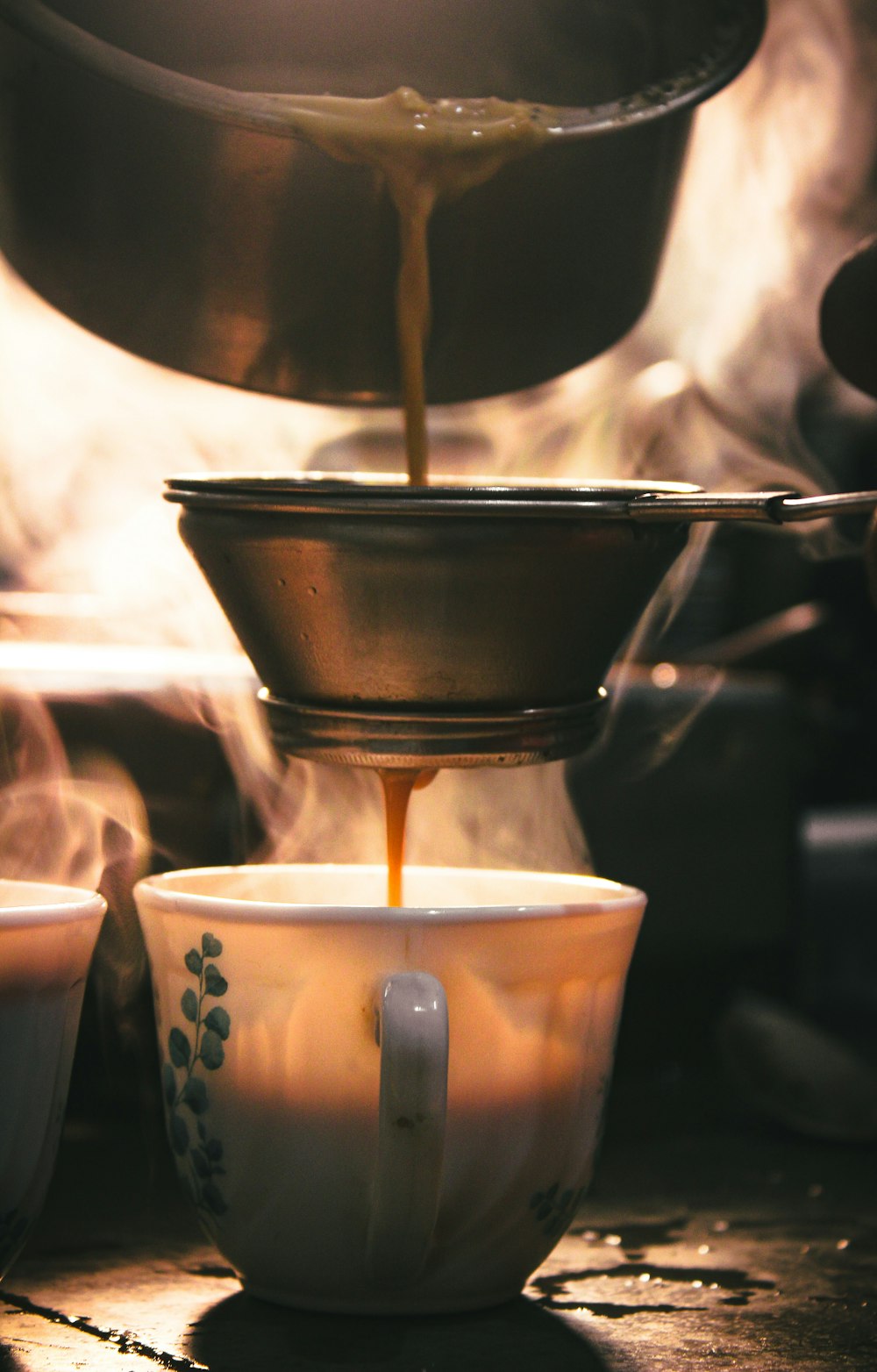
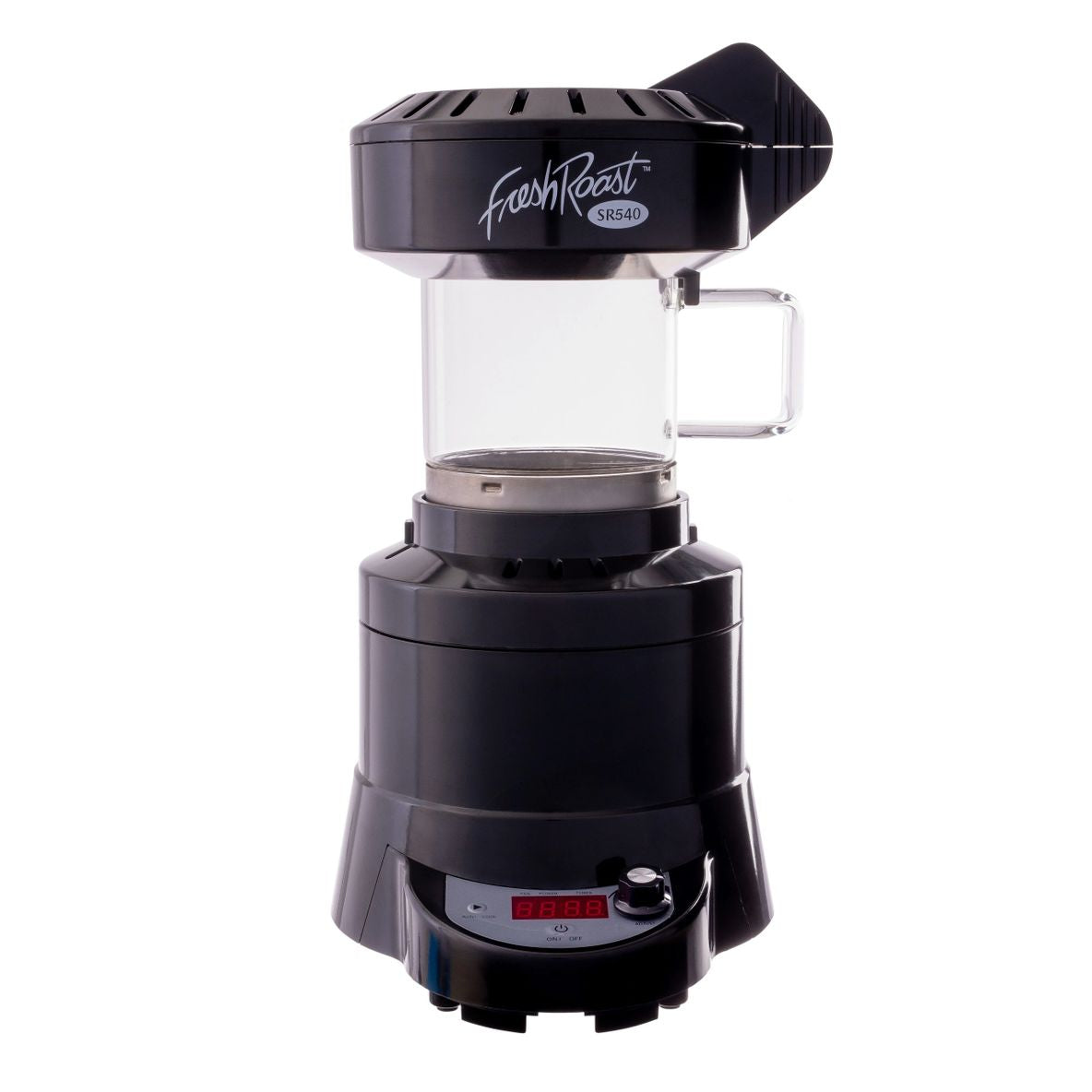




CoffeeRoast Co. Support
November 06, 2023
Hi James, thanks for sharing your experience! It’s great to hear from someone who’s experimented with different roasting methods. Your tip about securing the heat gun is a smart one, and the reminder about ventilation is much appreciated. Our readers can surely learn more from this. Happy roasting!